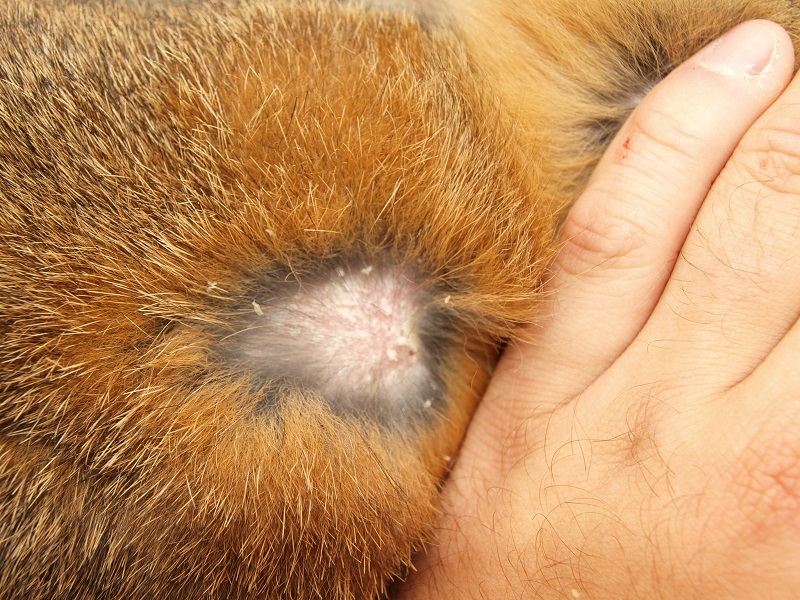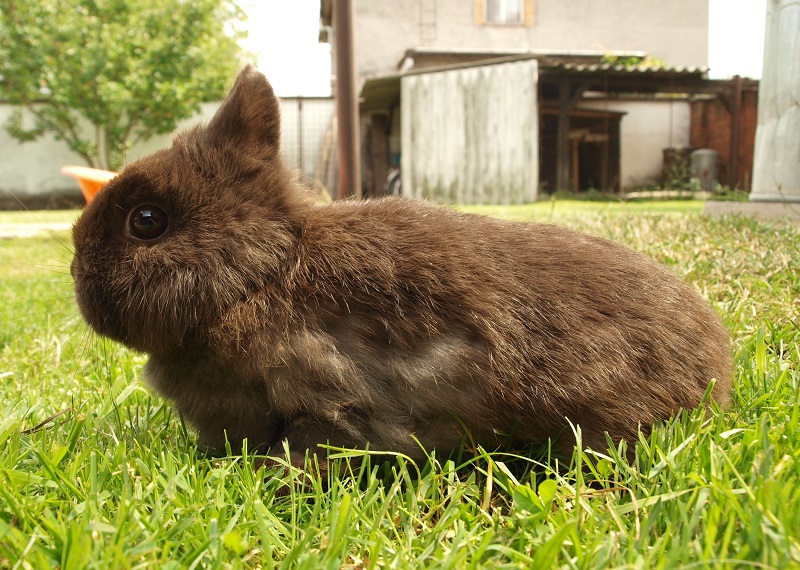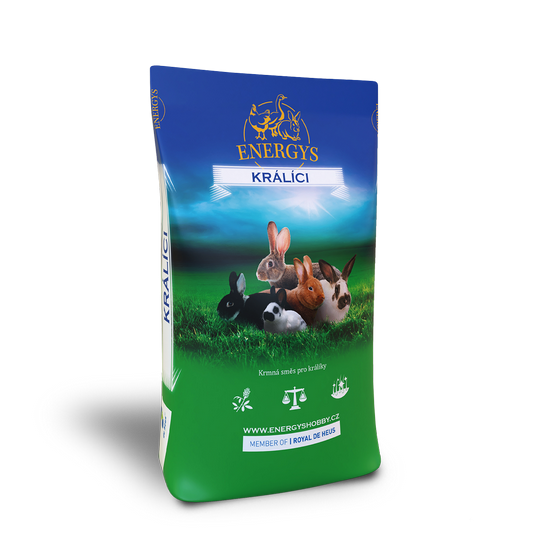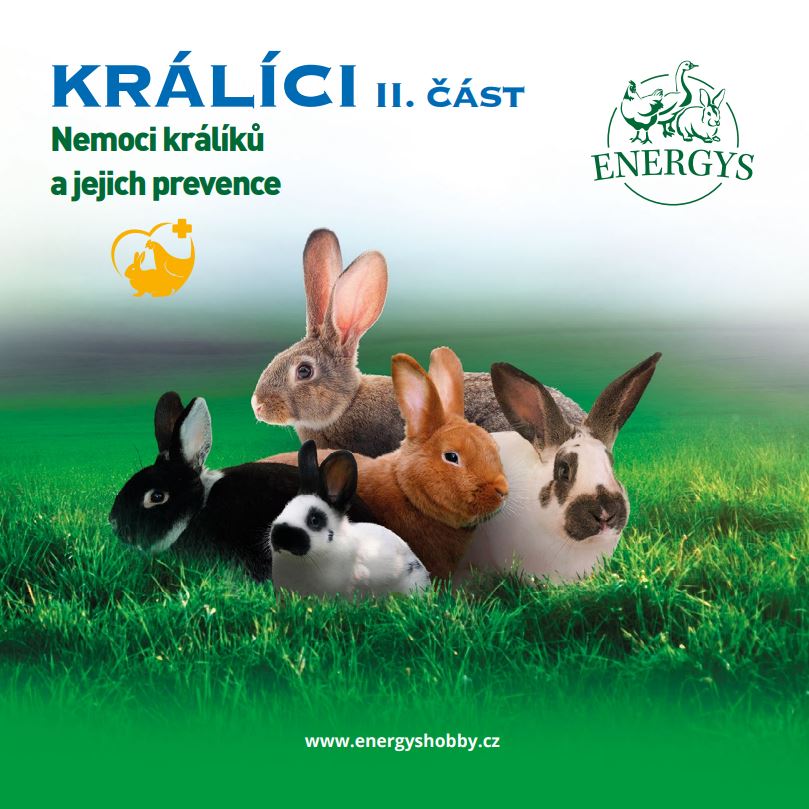How Long Does a Rabbit Live?
The rabbit belongs to social animals with a medium-term lifespan. This aspect should be taken into account when purchasing the rabbit as a pet animal.
The rabbit and its basic requirements for breeding
When considering which pet to buy, it is always important to study the basic information in the professional literature and the requirements for breeding a particular type of pet animal in advance. This includes not only housing, feeding and care requirements, but also other requirements.
In the case of a rabbit, it should be noted that the average life expectancy of the rabbit under appropriate conditions is medium. During this time it will be necessary to take care of the rabbit correctly. Experience tells us that it is advisable to think carefully with children. They need to be told that they will have to take care of the rabbit day after day under the supervision of their parents. Often, however, there is a gradual decline in the interest of children in the purchased rabbit and care will thus remain mostly / only on the parents.
Average rabbit life expectancy
Rabbits in domestic breeding live 6-8 years on average. Rabbits who have lived up to ten years are also known, but these are really isolated cases. The life of a rabbit in pet breeds can be significantly extended by better care, but genetic equipment plays a crucial role – longevity is regularly inherited in rabbits. Breeding for longevity is one of the current targets for the best rabbit breeders, because having a long-term animal in the care and breeding is always beneficial.
Rabbits are commonly used reproductively until the 4th year, but with good health and milk production, they can be used up to the 5th – 6 years, although a lower number of offspring in the litter and more care of breeders must be expected. Males are reproductively used in breeding until the breeder deems appropriate, usually also up to about 5 to 6 years (excellent breeding males).
Records in the age of rabbits
The current record holder is a dwarf wild-colored rabbit, known as Mick. This rabbit from the USA celebrated his 16th birthday on February 9, 2019 and was recognized by the Guinness Book of Records as the oldest living rabbit on Earth. But he is not the oldest rabbit ever.In this regard, a flopsy rabbit from Tasmania, which was captured in the wild in 1964 and lived to be approximately age 19 years old holds the record!
Taking care of an old rabbit
For a rabbit 5 years old and older, it can be said that it belongs to the age category of seniors. Such rabbits need more individual and regular care than younger rabbits. Older (geriatric) rabbits are much more susceptible to disease and the convalescence period is relatively prolonged, often due to emerging complications. An older rabbit does not require as much movement and exercise as the young rabbit, but just regular, at least short-term movement can be recommended for it because of the beneficial effect on bowel movement. Rabbit seniors are more susceptible to predators or encephalitozoonosis, especially if they are exposed to certain stressors (e.g. summer temperatures, drafts, etc.).

Fig. 1: Prevalence of cheyletiellosis is a common problem in older rabbits
Insufficient fur care, prolonged molting associated with reduced nutritional condition, and walking problems also occur more frequently. Therefore, it is necessary to pay attention to the care of older rabbits in an effort to make them as comfortable as possible.

Fig. 2: In older rabbits, molting is longer

Související články
10. dubna 2024
Zveřejnil: Ing. Lucie Humeni
Chov zakrslých králíků jako domácích mazlíčků získává stále více příznivců. Nevyžaduje velké množství prostoru a je ideální pro lidi, kteří žijí v menších domácnostech nebo bytech. Zakrslí králíci jsou také velmi přátelští, takže se není čemu divit, že si je lidé vybírají pro tento účel čím dál častěji. Stejně jako u všech zvířat je i…
30. srpna 2022
Zveřejnil: Tým specialistů na chov králíků De Heus
V tomto článku se budeme věnovat několika nemocem králíků – ušnímu svrabu, Tyzzerově chorobě a tepelnému stresu.
24. srpna 2022
Zveřejnil: Tým specialistů na chov králíků De Heus
V tomto článku se podíváme na dvě nemoci – E.coli a enterokolitida
2. srpna 2022
Zveřejnil: Tým specialistů na chov králíků De Heus
V tomto článku se podíváme na dvě časté nemoci králíků myxomatózu a infekční rýmu.
13. července 2022
Zveřejnil: Tým specialistů na chov králíků De Heus
V následujícím článku se budeme věnovat moru králíků – RHD nebo VHD (virovému hemoragickému onemocnění králíků).
Související produkty

KRÁLÍK ZAKRSLÝ
Kompletní granulované krmivo pro zakrslé králíky s vysokou stravitelností. Obsahuje vysoký podíl vlákniny (vysoký obsah vojtěšky a travních úsušků) a snížený obsah cukru a škrobu. Obsahuje lněné semínko, které má pozitivní vliv na kvalitu srsti. Vhodné pro každodenní krmení. Doporučujeme zajistit králíkům nezávadnou čerstvou vodu a seno.

KRÁLÍK CHAMPION
Krmivo pro výstavní králíky, neobsahuje kokcidiostatika. Unikátní složení významně podporuje kvalitu a růst srsti. Podávejte při přelínávání a minimálně 2 měsíce před zahájením výstavní sezóny.

KRÁLÍK GOLD FORTE
Prémiová krmná směs ideální svým složením pro březí a kojící samice. Pro intenzivní výkrm králíků do období min. 5 dnů před porážkou. Podporuje rychlý růst, zmasilost a výborný zdravotní stav. Obsahuje kokcidiostatikum, čímž snižuje riziko úmrtnosti.

KRÁLÍK KLASIK FORTE
Určená pro výkrm králíků až do doby min. 5 dní před porážkou. Vhodné pro dosažení vysoké zmasilosti a výborného zdravotního stavu. Díky obsahu kokcidiostatika snižuje mortalitu zvířat.

KRÁLÍK KLASIK
Pro celou dobu výkrmu králíků. Podporuje vysokou zmasilost a vynikající chuťové vlastnosti králičího masa. Bez kokcidiostatik.

KRÁLÍK START
Pro mladé králíky od začátku příjmu krmiva do 4–6 týdnů po odstavu. Krmivo pomáhá významně snížit úhyn v období okolo odstavu. Obsahuje zvýšený podíl vlákniny a méně škrobů. Neobsahuje kokcidiostatikum.

